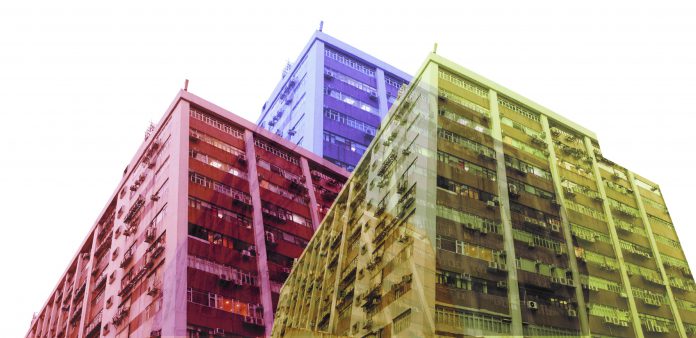Plastic flowers, toys and electronic products bearing the label “Made in Hong Kong” were sold around the world in the 1960s and 1970s back when Hong Kong was the major export centre for manufactured products in Asia.
In the 1980s, labour-intensive industries were relocated across the border where costs were lower and many industrial buildings in Hong Kong became redundant. In the wake of runaway housing and land prices, people in search of bigger spaces at a cheaper rent began to eye up these deserted industrial buildings. In this issue of Varsity, we look at how industrial buildings which were built decades ago are being used and how outdated rules are hindering better use of empty industrial buildings by looking at three scenarios.
We start by looking into how local artists revitalise industrial buildings by setting up their art studios. Artists in search of bigger spaces at affordable rents share their stories about how the rigid opening hours of industrial buildings affect their work.
With the skyrocketing property prices in Hong Kong, many are struggling to find a roof over their heads. We talked to people who live inside industrial flats to learn about their living conditions and the problems they face.
Our third story focuses on how restaurants enjoy cheaper rent and concessionary benefits by moving their business to industrial buildings. We examine how they cope with the outdated rules enforced inside industrial buildings.
This issue of Varsity also features stories on whether solar energy works in local households, tree waste recycling and much more. We hope that you enjoy the read!

Crystal Wu
Managing Editor







































